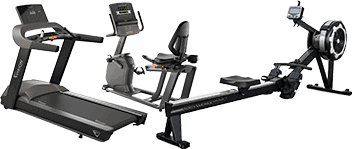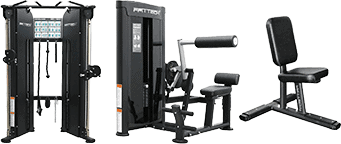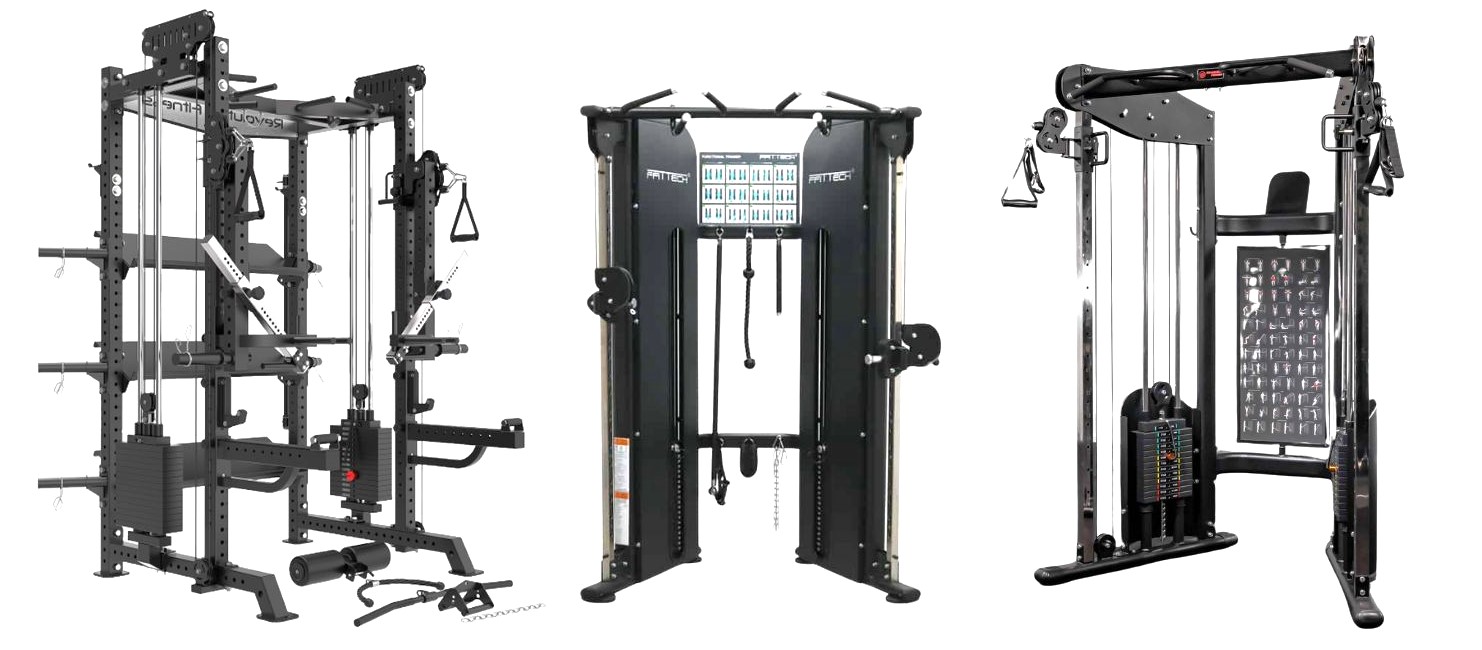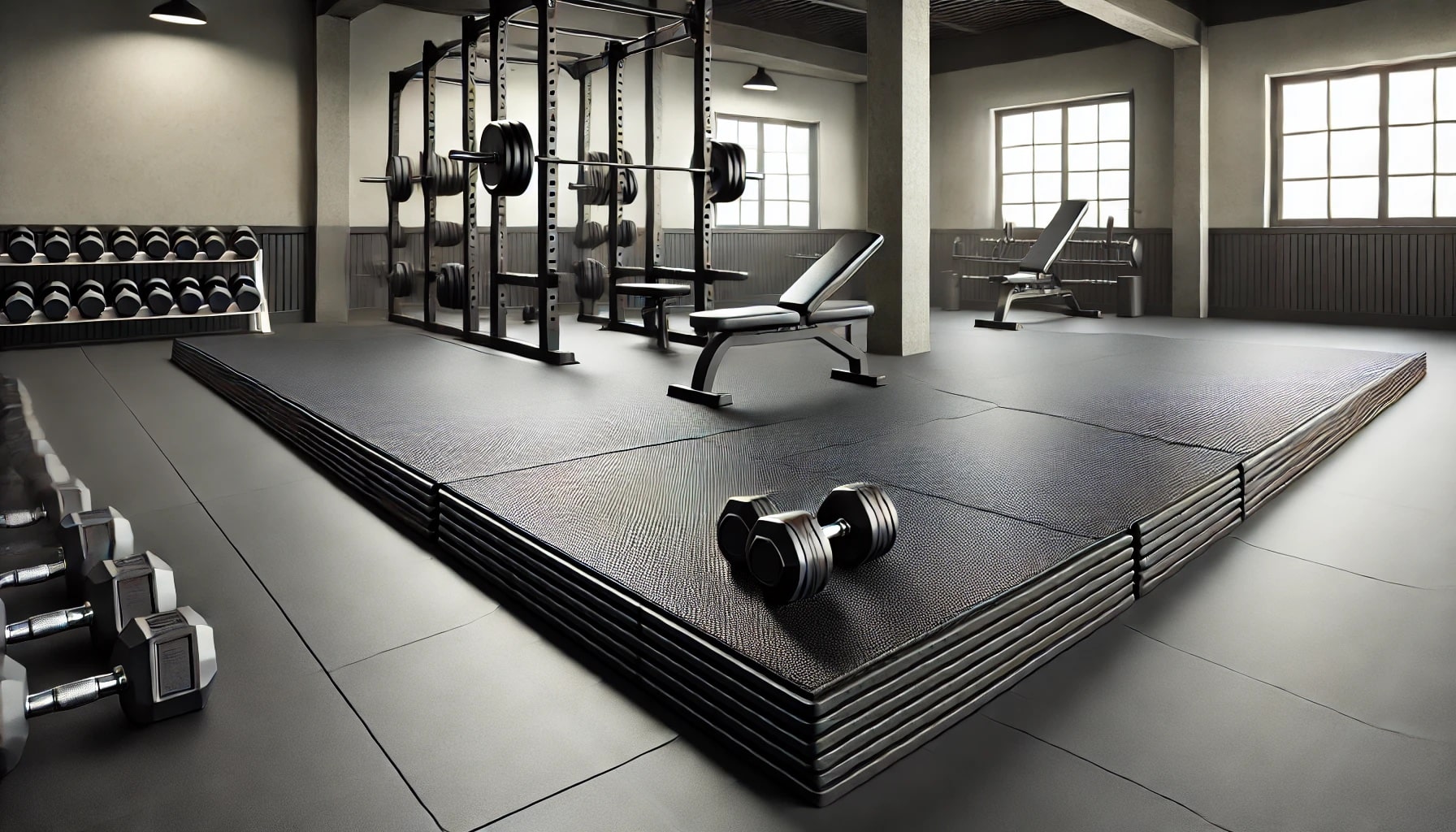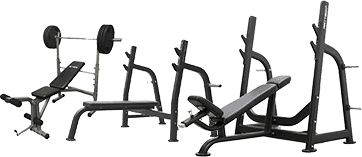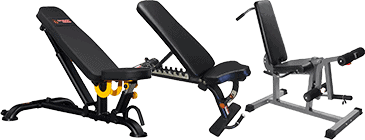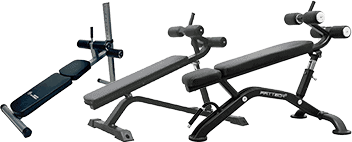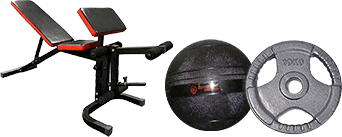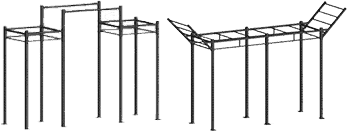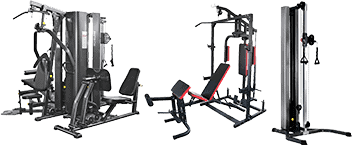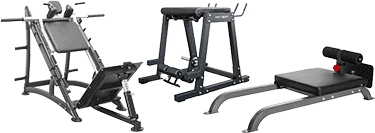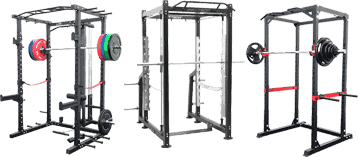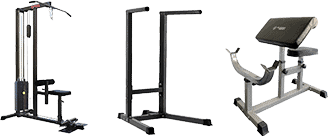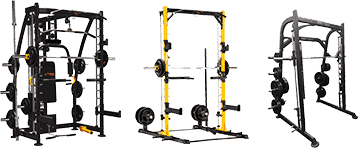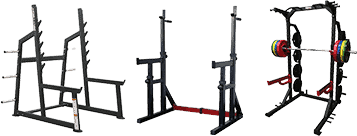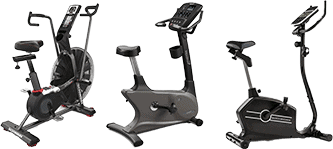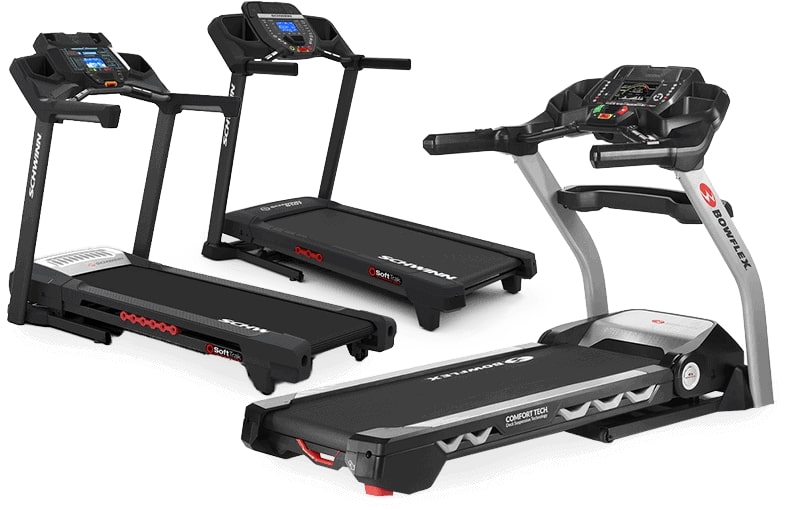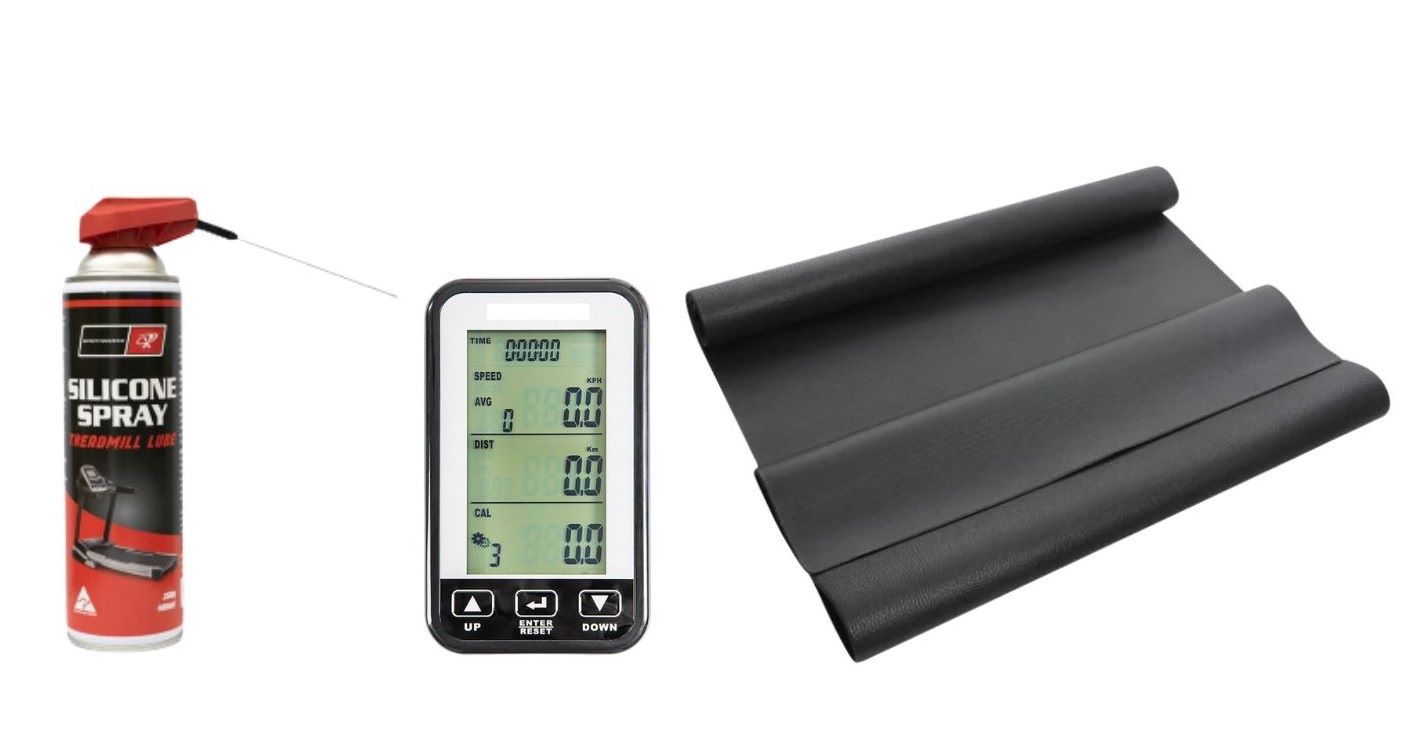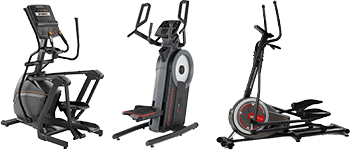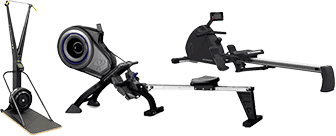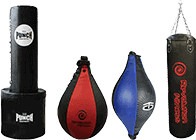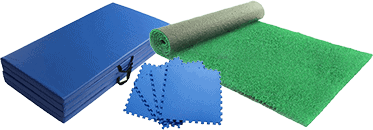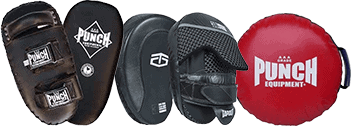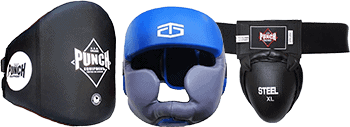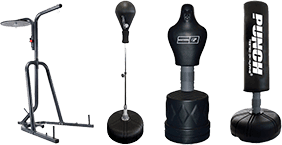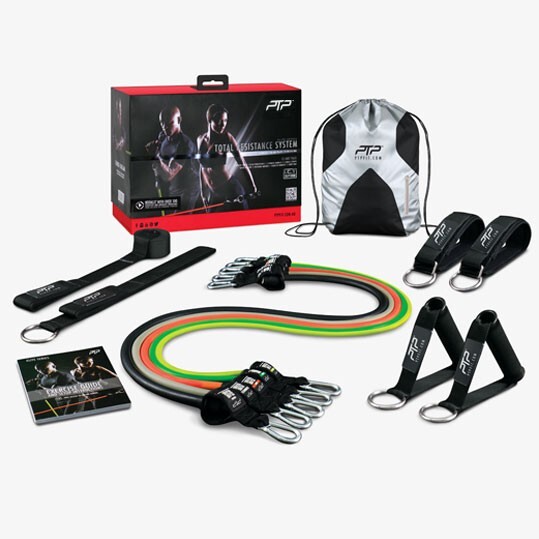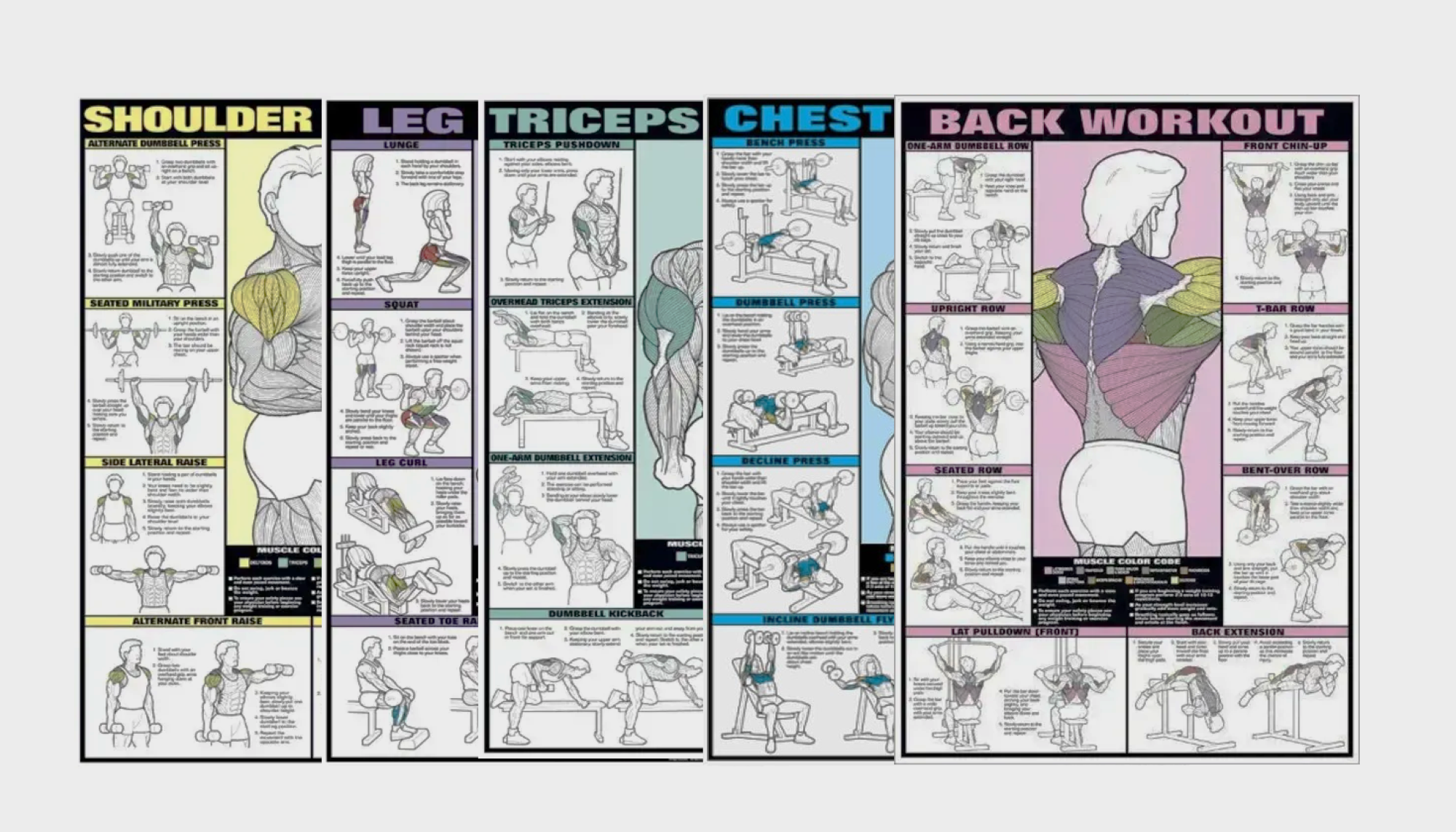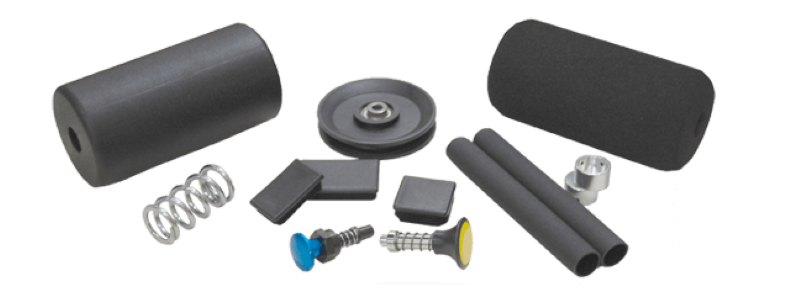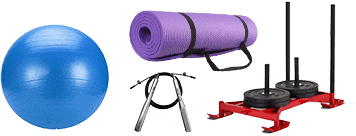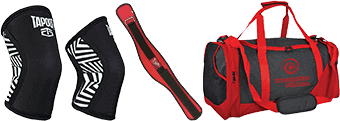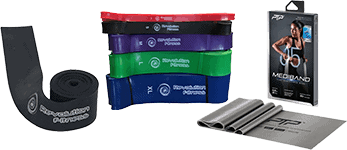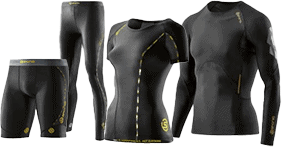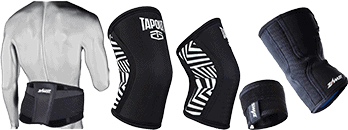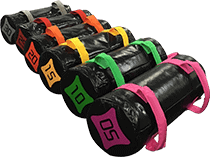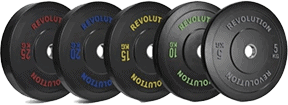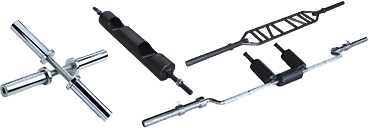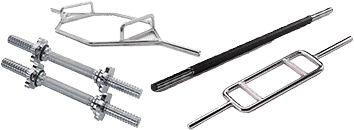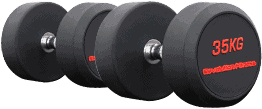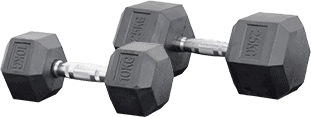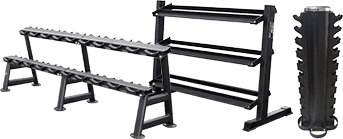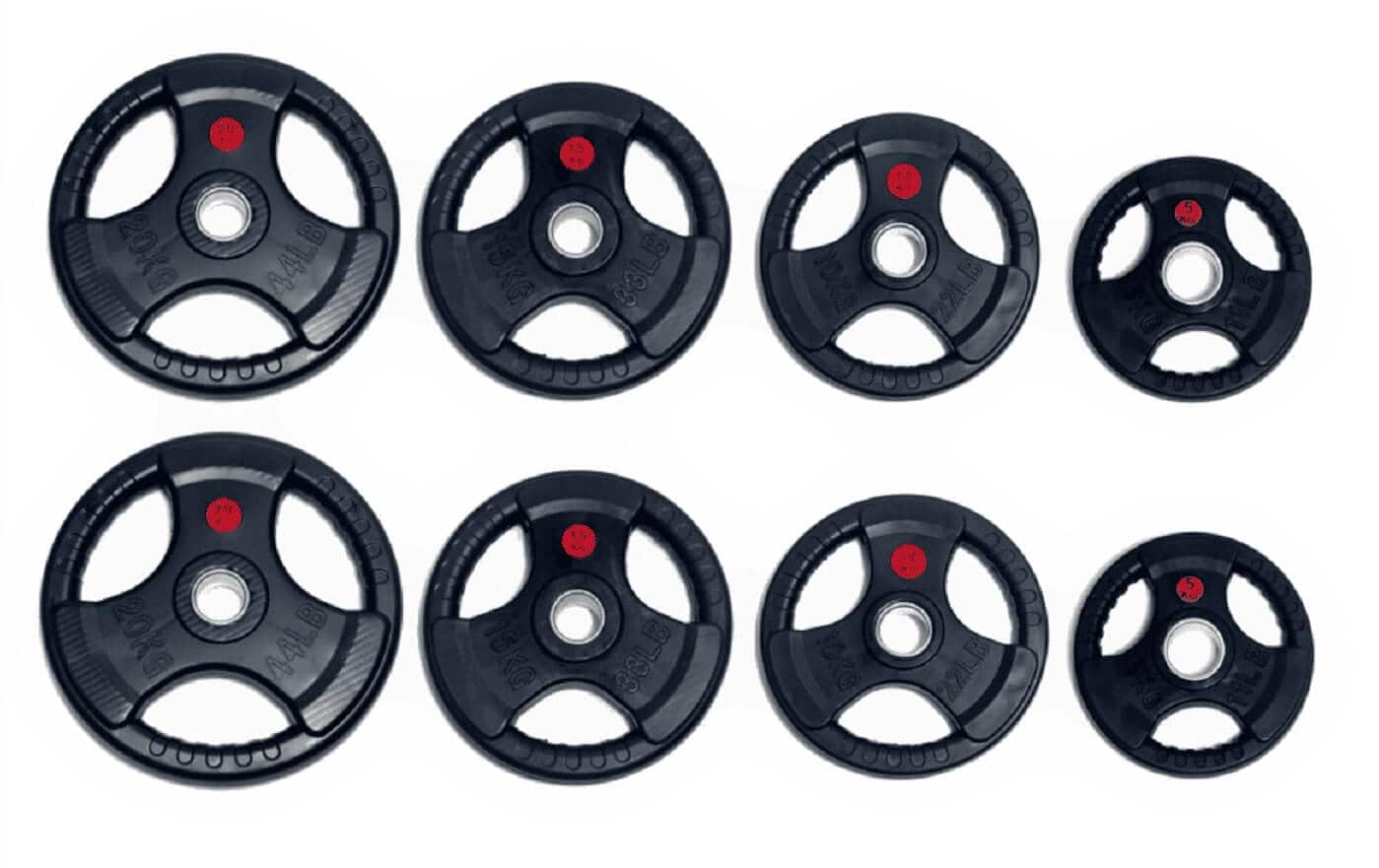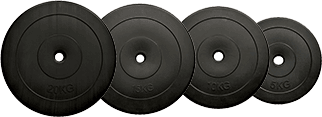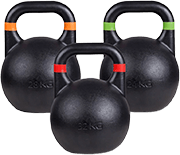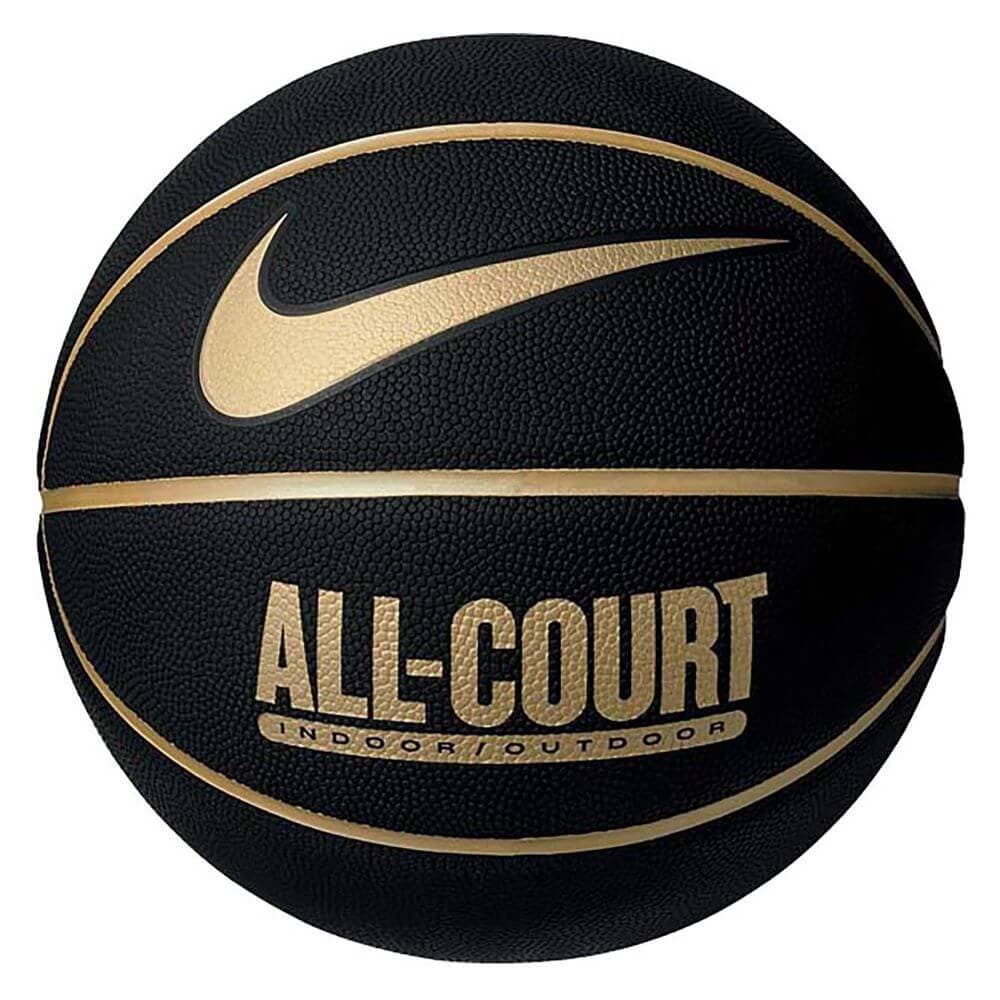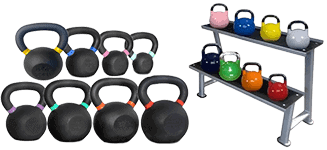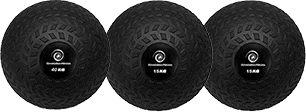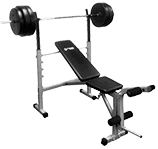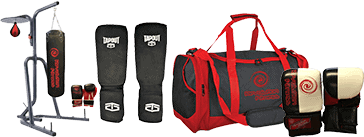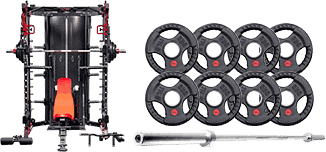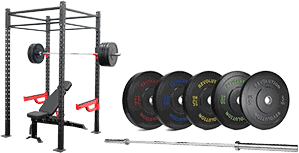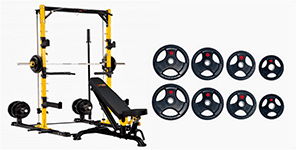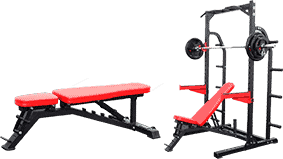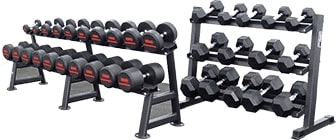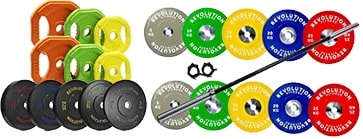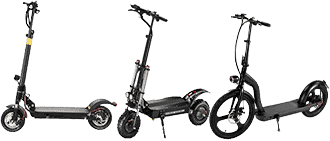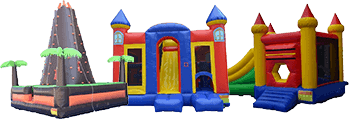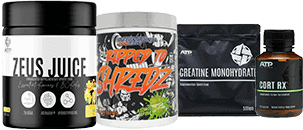It’s easy to rely on gym equipment you already know, like a treadmill, regardless of whether you exercise in a gym or at home. But when you’re choosing workout equipment that works for all major muscle groups, rowing machine workouts are one of the best for overall fitness.
The rowing machine is a full-body powerhouse that can sculpt your physique, improve your cardiovascular health, and leave you feeling like a rowing champion (minus the actual river). But before you strap in, understanding which muscles the rowing machine works is key to maximising your workout.
From Legs to Lats: Working Major Muscle Groups
The beauty of a rowing machine workout lies in its ability to engage a wide range of core muscles. Here’s a breakdown of the muscle groups that get a workout with every powerful rowing stroke:
Lower Body Muscles
The pulling motion used with your rowing machine workout starts with your legs. The push-off uses your quadriceps (quads) for extension while your hamstrings (back of your thighs) and glutes (your booty!) work in tandem to propel you back. Even your calves get some love, providing stability and power through the push-off.
Core Muscles Activated
Don’t underestimate your core during rowing. Imagine that your abs are like a natural weight belt. During rowing machine workouts, they squeeze tight to hold everything in place, keeping your back muscles strong and your body aligned.
A tight core protects you from injury and enables you to transfer all your leg and upper arm power into a smoother, more effective rowing stroke. Strong abdominal muscles help keep you safe and enable a powerful rowing machine workout.
Upper Body Muscles
Now, let’s talk upper body! The rowing motion helps target your back muscles. The latissimus dorsi (lats), those impressive V-shaped muscles on your back, are the primary movers during the pulling movements. Your trapezius muscles (upper back and neck) and rhomboids (between your shoulder blades) work hard to maintain proper posture and stability.
Upper Arm Assist
Don’t forget your upper arms! While not the main focus, your biceps get a good workout during the pull, helping to bring the handle towards your chest. Your triceps also play a role in extending your arms during the recovery phase when you use proper rowing machine form, keeping the movement smooth and controlled.
Shoulder Muscles
Other major muscle groups that rowing machines engage are the shoulder muscles, including the deltoids (rounded caps of your shoulders) and the rotator cuff muscles, which help stabilise the shoulder joint. Proper form during rowing workouts keeps these core muscles working together efficiently, preventing injury.
Build Strength & Boost Fitness: The Benefits of A Full Body Workout
The rowing machine’s benefits extend far beyond building muscle groups. A rowing session provides opportunities for resistance training, interval workouts, a high-intensity workout and more. As a total body workout, you can expect some additional perks, including the following:
Cardiovascular fitness
Rowing is a fantastic, low-impact exercise for cardiovascular fitness. The rowing machine elevates your heart rate, improves your lung capacity, and burns serious calories, making it a great choice for working all the muscles.
Low-Impact Power
Unlike exercises that put a lot of stress on your joints, a rowing machine workout is low-impact and works on multiple muscle groups. Rowing machines are ideal for people with joint issues or those new to cardio and strength training.
Proper Posture
A rowing machine workout emphasises proper posture, strengthening your core and back muscles. This improved posture can translate into better alignment throughout your entire body, reducing back pain and improving overall well-being
Rowing Workouts with Proper Form
To get the most out of a lower and upper body rowing machine workout and avoid injury, proper form is essential. Here are some key pointers to ensure you’re using a rowing machine accurately:
- Posture is Paramount: Sit tall with a slight forward lean at your hips. Avoid hunching your back or rounding your shoulder blades.
- Legs Lead the Way: Initiate the rowing stroke by pushing off with your legs, not your arms. Think powerful leg extension, not a bicep curl.
- Engage Your Core Muscles: Keep your core engaged throughout the stroke for stability and power transfer.
- Smooth and Controlled: Maintain a smooth and controlled motion throughout the entire rowing stroke, avoiding jerky movements.
- Listen to Your Body: Don’t overdo it! Start with a manageable resistance and gradually increase intensity as you get stronger.





